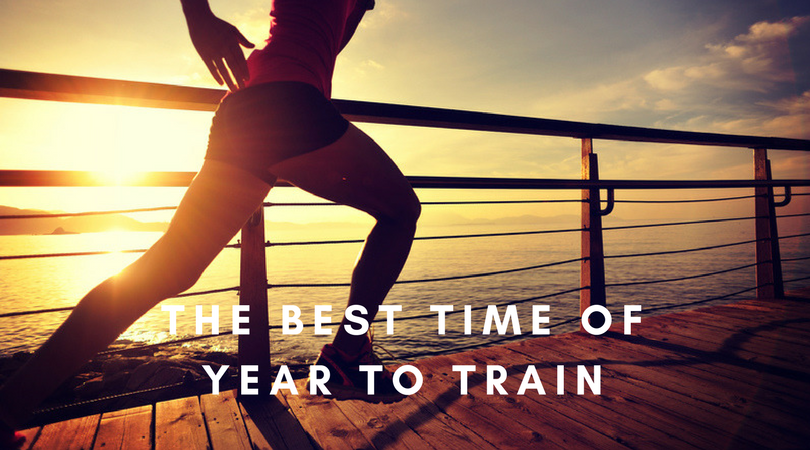
Whether you are hoping to cross the finish line of your first or bask in the glow of a new PR, finding the optimal time to train for a half marathon is a sticky subject. Atlanta-based running coach Tom Osterbuhr says, “the best time to run is when you run the best.”
There are far too many variables to suggest a single season is the best for everyone. Weather, scheduling, and simple preference make this a sticky subject. A Texan who vacations in summer might find it easier to train in the winter than a North Dakotan who doesn’t have access to a treadmill.
(MORE: The Best Time of Day To Run)
Half marathons occur every single weekend all over the world, but weather is a huge influence. Race directors have certainly found that runners are willing to run in all kinds of conditions, but they are happiest when they are most comfortable.
Hence the reason you can find all kinds of races in Michigan in June, but not so many choices in January. If you want to stay close to home, your training is often dictated by the racing season. Fortunately, as participation in half marathons grow, runners have more and more options with each year.
Training for your first half marathon?
Train during your optimal season. Figure out the time of year you are least busy coupled with the time of year weather will not deter you from a workout. Spring and fall are usually the mildest weather-wise and most regions do not have to worry about excessive snow or heat during this time.
But if you are too busy getting your garden ready in the spring or shuffling kids to football practice in the fall, find the season that works with your schedule. If at all possible, register for a race that will have similar conditions that you’ve been training in.
Want to set a new PR?
Put a fall half marathon on the calendar. This is optimal for most runners seeking a PR in the United States-save for those regions that have extremely mild winters like south Florida and California. Heat training, done safely, is very beneficial.
Training paces will be forcibly increased during training because your body is unable to keep up with thermo-regulating itself. Your heart rate increases and blood flow is diverted to cooling your skin as the mercury rises.
But all that hard work will pay off come autumn. Another Atlanta-based running coach, Rebecca Trachsel, agrees: “After struggling through the summer heat and humidity, runners tend to feel weightless and swift when the season changes. Breathing is easier. Legs are lighter.”
(MORE: The 5 Fastest (and Slowest) Half Marathons in the U.S.)
The struggle to keep your core temperature warm during the winter is often not worth the other miserable conditions many runners face. In addition to shorter days with far fewer visible and sunny hours, winter surfaces are a recipe for disaster for many runners.
Runners often skip workouts because of this and as coach Mark Deckard notes, “when the weather does finally warm up, many runners go out too far, too fast, and don’t allow time to adapt to getting back into a more regular running routine, which leads to injuries.”
So while there is no such thing as a perfect season for all runners, there are commonalities that runners should regard before registering for a half marathon. It is possible to train through all conditions, just consider what your goal is come race day.





